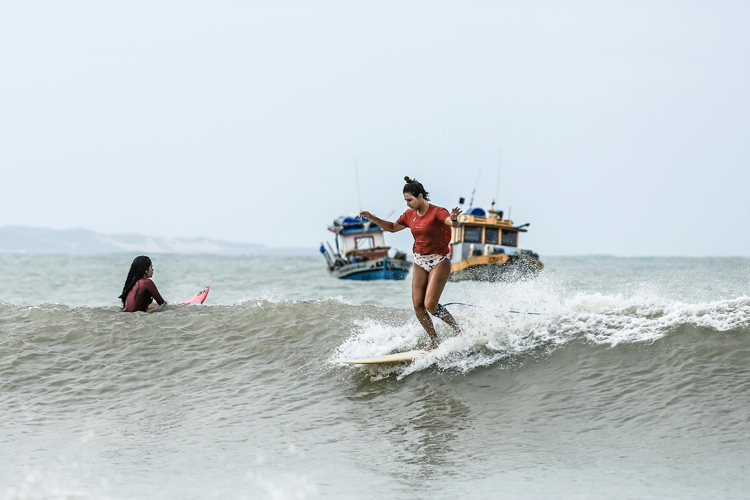
Many people think that in navigation rules, one boat automatically gets a “right of way” over another, like cars at an intersection. That’s not actually true at sea.
Instead, the rules talk about two roles:
- The “give-way” vessel, which must move or change course to avoid a collision;
- The “stand-on” vessel, which is supposed to keep its course and speed steady so the give-way vessel can predict its movement and steer safely;
But “stand on” does not mean you get to do whatever you want or that you own the water.
It’s an obligation, not a privilege.
In fact, if the give-way vessel isn’t taking action quickly enough and a collision looks likely, the standing vessel must also take action to avoid an accident.
And sometimes there isn’t even a stand-on vessel at all.
For example, if two powerboats are heading straight toward each other, both are give-way vessels – they both have to change course to avoid crashing.
Neither has “right of way.”
These are some of the general International Regulations for Preventing Collisions at Sea determined by the International Maritime Organization (IMO).
However, for obvious reasons, boats and surfboards aren’t on the same level field. And that changes everything.

Boats in the Lineup
Common sense is the foundation of rules, guidelines, laws, and legislation.
A surfer or swimmer has way less maneuverability and is way more fragile than, for instance, a speed boat or a fishing boat.
So, there are limitations, no-go areas, and prohibited actions and practices for motor-powered watercraft sailing close to the shore, where swimmers, and non-motorized watercraft (kayaks, canoes, stand-up paddleboards, surfboards, rowboats) are present.
The same applies to non-motorized, wind-powered watercraft (dinghies, catamarans, kites, windsurfers, wing foilers) in relation to swimmers, surfers, and non-motorized watercraft.
There’s even a right-of-way rule among windsurfers and kiteboarders, despite both being non-motorized, sail-powered watercraft.
Why? Because vessels and sailboats can more easily change course and avoid collisions.
It’s common sense, right? Well, it should be, but it’s not always like that.
In September 2025, a man drove a boat at high speed through the Lower Trestles lineup on a crowded day.
At some point, surfers had to paddle for their lives to avoid being run over by the motor-powered craft.
This is an example of a clear violation of State boating laws.


Leave a Reply